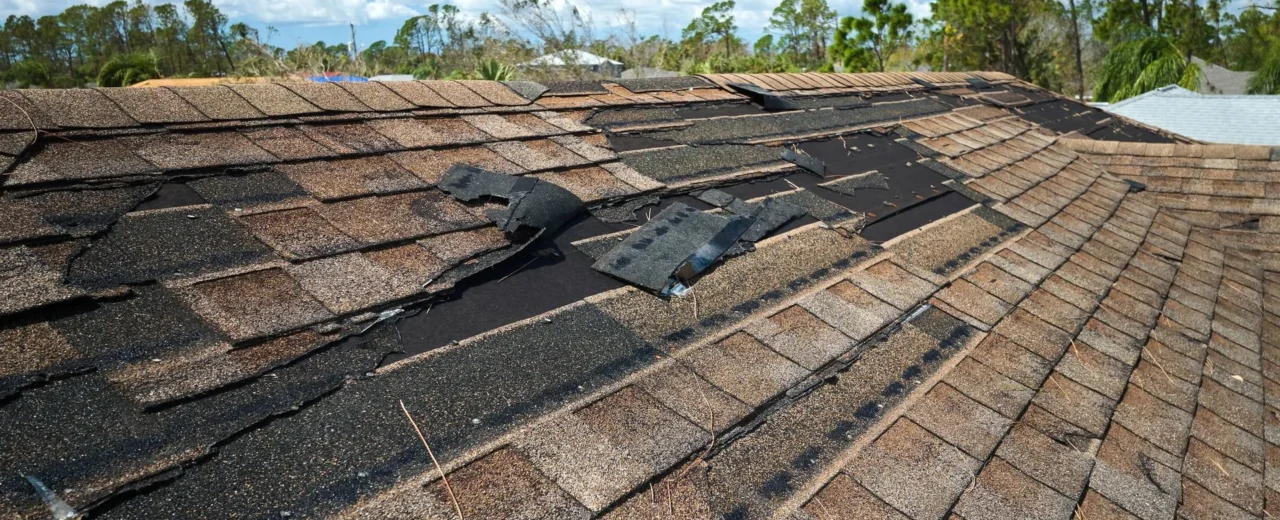High winds pose a significant challenge to roofs, especially in areas prone to hurricanes, storms, and tornadoes. Selecting appropriate roofing materials and following best practices during installation are crucial steps in safeguarding your property against wind-related damage. Here are some essential roofing practices specifically designed to enhance durability and protection for homes located in high-wind regions.
Choose Wind-Resistant Roofing Materials
The first line of defense against strong winds starts with your choice of roofing materials. Certain roofing products are specifically designed and rated for high wind resistance. For example, architectural shingles, metal roofing, and impact-resistant materials provide superior protection compared to traditional shingles. Always look for materials labeled with high wind-resistance ratings, often capable of withstanding winds up to 130 mph or more.
Proper Installation Techniques
No matter how good your roofing materials are, improper installation can drastically reduce their effectiveness. To maximize wind resistance, follow these best installation practices:
- Nailing and Fastening: Ensure shingles or panels are fastened securely using corrosion-resistant nails or screws. Shingles should be nailed down according to manufacturer specifications, with additional fasteners in areas prone to severe weather.
- Roof Deck Reinforcement: Reinforcing the roof deck adds significant strength and wind resistance. Use thicker decking materials and additional fasteners to reduce the risk of roof uplift during strong winds.
- Sealed Edges and Flashing: Properly sealed edges, eaves, and flashing are critical for preventing wind-driven water intrusion and avoiding roof lifting at vulnerable points.
Regular Inspections and Maintenance
Routine inspections can identify weaknesses before they lead to severe damage. Regularly checking and maintaining your roof is vital in high-wind regions:
- Check for Loose or Missing Shingles: Even minor damages can escalate rapidly in high-wind conditions. Replace or repair loose, curled, or missing shingles immediately.
- Inspect Flashing and Seals: Ensure flashing around chimneys, vents, skylights, and other penetrations are secure and sealed. Any gaps or deterioration should be promptly addressed.
- Trim Nearby Trees: Keep trees near your home trimmed back. Overhanging branches pose a significant risk during storms as they can damage or dislodge shingles.
Consider Roof Shape and Design
The shape of your roof significantly influences its ability to withstand high winds. Aerodynamic roof designs, such as hip roofs, generally perform better under high wind stress than traditional gable roofs. If you’re constructing a new home or renovating, consulting with a roofing professional about the optimal roof shape for wind resistance is a wise decision.
Enhance Roof Anchoring
In extremely high-wind areas, additional measures like hurricane straps or clips can drastically improve the structural integrity of your roof. These metal connectors secure your roof structure to your home’s walls, significantly reducing the risk of uplift and catastrophic damage during storms.
Conclusion
Implementing these best practices can substantially improve your roof’s ability to withstand strong winds, protecting your home and family from costly damages. Investing in high-quality materials, ensuring proper installation, and conducting regular maintenance are essential proactive steps every homeowner should take in high-wind areas. By prioritizing wind resistance in your roofing strategy, you provide peace of mind knowing your home is better prepared for whatever weather comes your way.


